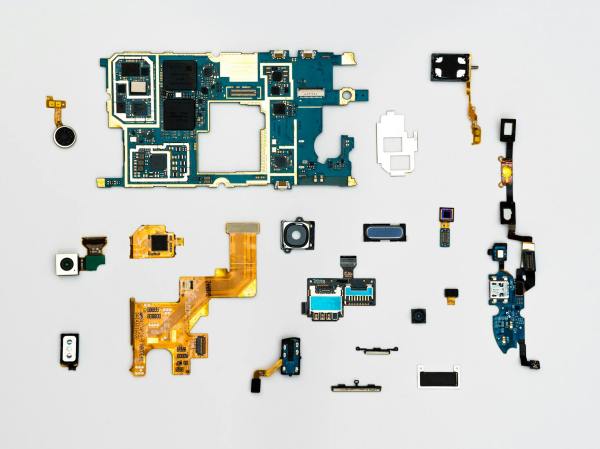Identity management
One of the most relevant uses is the management of digital identity, i.e. the set of data and information that identifies a person in the digital environment. Digital identity is essential for accessing various services and rights, such as education, health, social security, employment or political participation.
Public blockchains can help people to be in control of their own digital identity, which they can store, verify and share securely and autonomously (obviously this must be aligned with the area of government that controls people’s identity in each country).
Examples of identity management projects include:
- uPort: a platform that allows individuals to create and manage their own digital identity based on Ethereum, which they can use to access a variety of services and applications.
- Civic: a network that allows people to verify their identity and share their data selectively and securely, using a mobile application and a Bitcoin-based protocol.
Traceability of resources
Another use case is resource traceability, an important process for ensuring the quality, safety, sustainability and social responsibility of products and supply chains.
Centralised traceability currently presents a number of problems, such as lack of information, opacity, complexity and vulnerability of systems, which can lead to fraud, errors, waste or abuse.
Blockchains can offer a solution to these problems by allowing resource data and information to be recorded and shared in a transparent, immutable and verifiable way that cannot be changed or hidden by anyone. They can also incentivise ethical and sustainable behaviour by stakeholders by using reward and penalty mechanisms that are automatically executed.
Some examples of projects for resource traceability are:
- Provenance: a platform that allows producers, distributors and consumers to know the origin, impact and history of the products they buy and sell, using blockchain technology and other digital tools.
- Everledger: a network that uses blockchain to track the lifecycle of diamonds and other high-value assets from mining to sale, ensuring their authenticity, provenance and quality.
There are many other use cases for public blockchain-based projects such as cryptocurrency trading, autonomous and decentralised management of organisations or decentralised loan management entities in the context of DeFi (Decentralized Finance), but in this article I wanted to focus on alternative projects.
Tips for use
Regardless of the types of use cases, a series of guidelines or patterns must be followed to ensure the safest possible use, bearing in mind that these types of projects are not usually regulated by any state or entity.
- Research the features and functioning of the blockchain you are going to use, as well as its advantages and disadvantages compared to other options.
- Protect your private key and do not share it with anyone, as it is the only way to access your funds and make transactions on the blockchain.
- Verify the authenticity and reputation of the platforms, applications and services you use to interact with the blockchain, as they may be vulnerable to attack or fraud.
- Take advantage of the learning, collaboration and innovation opportunities offered by public blockchain user and developer communities, as they are a source of knowledge and support.
- Be aware of the risks and liabilities involved in the use of public blockchains, as they are decentralised, open and irreversible systems that offer no guarantees or legal protection.
- It contributes to the development and innovation of public blockchains, either by contributing ideas, knowledge, resources or feedback to projects based on them. These networks are open and collaborative, and rely on the support and participation of the community to grow and improve.







